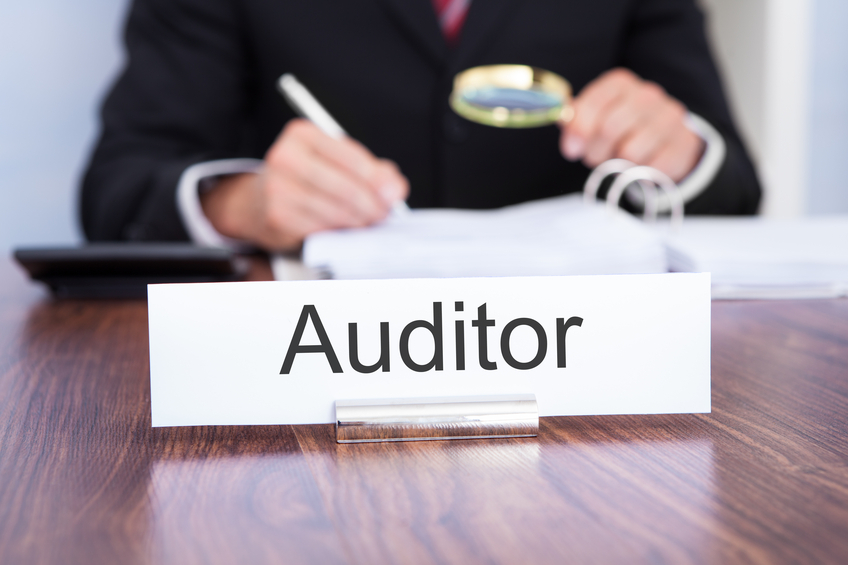Yesterday we looked at steps to take when planning the triennial audit required by the Process Safety Management (PSM) of Highly Hazardous Chemicals standard. Today, let’s take a look at the audit itself.
 |
Check Your Compliance
Remember that the purpose of the audit is to check your compliance with the PSM standard. To do that, you’ll need to:
- Review all relevant documentation and process safety information. This includes all of the process safety information that was gathered during the initial process hazard analysis and any new information or documentation of test and inspection results, calibrations, and other regular checks or adjustments to the equipment.
- Inspect the physical facilities. Does the process match the process and instrument diagrams (P&IDs) that you have on file? What about its condition? Does the physical appearance of the process square with the documentation you have?
- Interview all levels of plant personnel. This includes not only the operators who run the process and the maintenance workers who keep it running but also the managers who oversee various levels and departments that the process is involved in, and higher-level management who are ultimately responsible for funding, staffing, training, and ensuring regulatory compliance.
The audit team should use the audit procedure and checklist developed in the planning stage to systematically analyze compliance with the provisions of the standard and with any other relevant corporate policies. This should enable the team to identify deficiencies and determine where corrective actions or improvements are necessary.
Evaluation and Corrective Action
The audit team will document areas where the PSM system is effective and areas that require corrective action. This record of the audit procedures and findings will serve as a baseline for future audits and will assist in determining changes or trends in future audits.
Once the audit is complete, it should be used to undertake any corrective action that is necessary. The corrective action process normally begins with a management review of the audit findings. The purpose of their review is to determine what actions are appropriate and to establish priorities, timetables, resource allocations and requirements, and responsibilities. In some cases, corrective action may involve a simple change in procedures or a minor maintenance effort to remedy the problem. Management of change procedures should be used, as appropriate, even for a seemingly minor change. Some deficiencies can probably be acted on promptly, while others may require engineering studies or more detailed review of actual procedures and practices. There may be instances where no action is necessary; this is a valid response to an audit finding. All actions taken, including an explanation when no action is taken on a finding, should be documented.
It is vital to ensure that each deficiency identified is addressed, the corrective action to be taken is noted, and the responsible audit person or team is properly documented. To control the corrective action process, the employer should consider the use of a tracking system. This tracking system might include periodic status reports shared with affected levels of management, specific reports such as completion of an engineering study, and a final implementation report to provide closure for audit findings that have been through management of change, if appropriate, and then shared with affected employees and management. This type of tracking system provides the employer with the status of the corrective action. It also provides the documentation required to verify that appropriate corrective actions were taken on deficiencies identified in the audit.
Need more detailed information on achieving PSM compliance? Safety.BLR.com® will walk you through the process.
